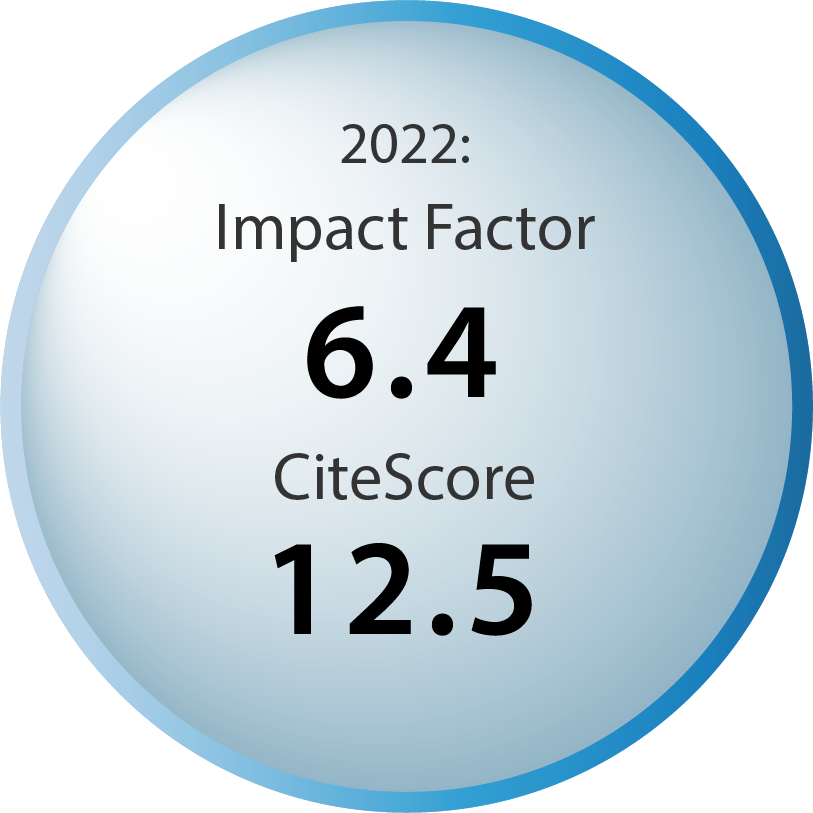Table of contents
Volume 7, Issue 7, pp. 50 - 58, July 2023
Cover: This month in
Cell Stress: Targets of spermidine in the context of cancer. Stylized immunofluorescence image showing T cells (green & yellow) in the cancer microenvironment. Public domain image. Credit: Allen Lab, NCI/NIH. Edited by
Cell Stress. The cover is published under the CC BY 4.0 license.
Enlarge issue cover
Molecular targets of spermidine: implications for cancer suppression
Andreas Zimmermann, Sebastian J. Hofer and Frank Madeo
Editorial |
page 50-58 | 10.15698/cst2023.07.281 | Full text | PDF |
Abstract
Spermidine is a ubiquitous, natural polyamine with geroprotective features. Supplementation of spermidine extends the lifespan of yeast, worms, flies, and mice, and dietary spermidine intake correlates with reduced human mortality. However, the crucial role of polyamines in cell proliferation has also implicated polyamine metabolism in neoplastic diseases, such as cancer. While depleting intracellular polyamine biosynthesis halts tumor growth in mouse models, lifelong external spermidine administration in mice does not increase cancer incidence. In contrast, a series of recent findings points to anti-neoplastic properties of spermidine administration in the context of immunotherapy. Various molecular mechanisms for the anti-aging and anti-cancer properties have been proposed, including the promotion of autophagy, enhanced translational control, and augmented mitochondrial function. For instance, spermidine allosterically activates mitochondrial trifunctional protein (MTP), a bipartite protein complex that mediates three of the four steps of mitochondrial fatty acid b-oxidation. Through this action, spermidine supplementation is able to restore MTP-mediated mitochondrial respiratory capacity in naïve CD8+ T cells to juvenile levels and thereby improves T cell activation in aged mice. Here, we put this finding into the context of the previously described molecular target space of spermidine.



